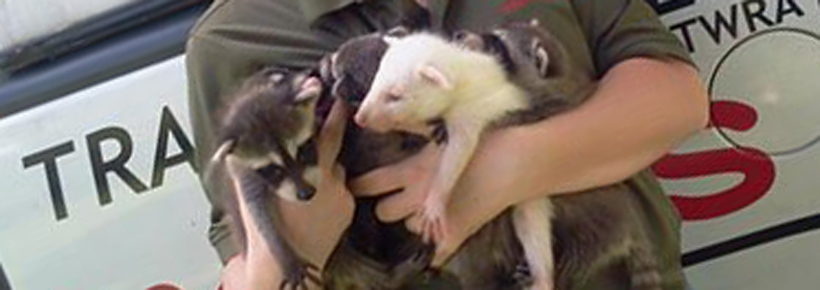Every day millions of people all over the country find wild animals that are either hurt, lost, or making a home on their property. Often, these people want to do whatever they can to provide for the safety and protection of these animals, especially if they are hurt.

Practically every young boy or young girl can tell you a story of how they found an injured wild animal, such as a bird or squirrel, that they wanted to care for and nursed back to health. Often times, their parents would take the animal to one of these wildlife refuges where a wildlife rehabilitator could nurse these animals back to health and prepare them for their return into the wild. This may make you wonder what do wildlife rehabilitators do with wild animals?
That’s a good question, because it’s not the same for every animal brought in. In the case of animals that are severely injured or sick, the only sensible thing that may be able to be done with them is to terminate their life. If they are a health risk to other animals, including people, then it makes no sense to release them back into the wild where they could injure others, including the rehabilitators that are trying to care for them. These men and women need to be safe, and the last thing that they need is some infected animal harming them.
In the case of animals that can be cared for, the wildlife rehabilitators start by assessing and nursing injuries and illnesses that can be taken care of. Should a bird have a broken wing, a squirrel have a cut, or a fox have a scrape on its paw, these rehabilitators are able to nurse these animals back to health and ensure that they are prepared to return to the wild.
Once they have gotten past the healing process, the next step is to reintegrate them back into the wild. This can be done in a couple of different ways. The first consideration that these men and women ponder before making a decision to return the animal is what is the survivability. For example, no one would want to put a bird right back into an area where it could easily be attacked by predators and killed. That would not only be cruel, but would also be a waste of these people’s time.
Instead, they look for a place where the animal has the greatest potential to find food and shelter so that it can survive. They also consider the likelihood of predators existing in this area, so that they can put it into an area that provides for the least number of predators that could harm it.
Lastly, some of these animals that are returned to the wild are actually tagged by the rehabilitators so that they can track to see how well they are doing. By keeping track of this kind of information they are able to see how well their efforts have gone in aiding this little critter.
Read more:
Florida Wildlife Control